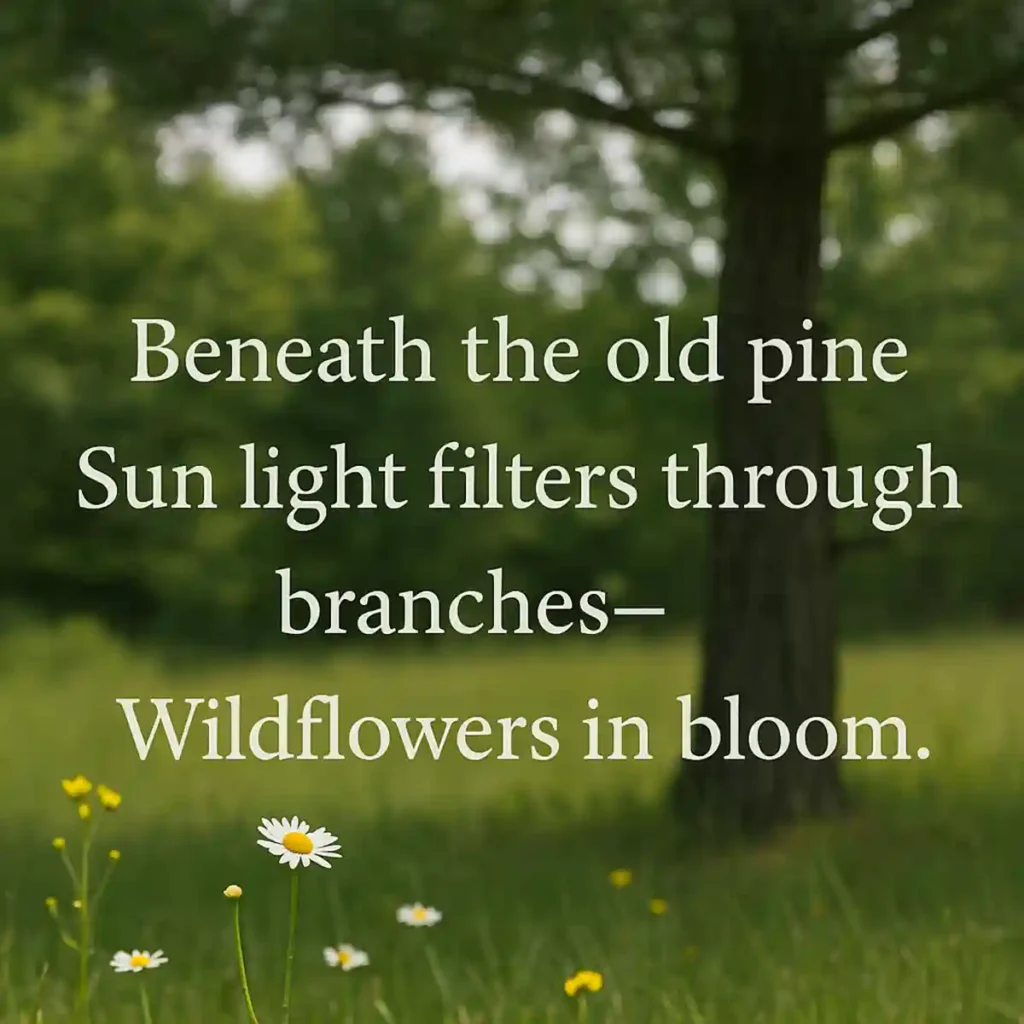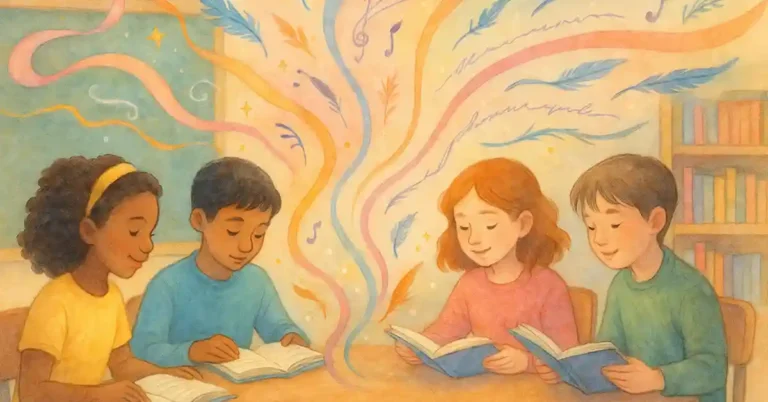The Haiku Lesson Plan: An Outdoor Poetry Activity to Spark Creative Thinking
The Haiku Hunt
There’s something magical about poetry and fresh air. Maybe it’s the breeze whispering secrets to the trees or the way dragonflies dance just right to the rhythm of a haiku lesson. Whatever the reason, The Haiku Hunt is one of my favorite ways to combine creativity, observation, and a breath of fresh air—literally.
In this post, I’ll walk you through a full lesson plan for running your very own Haiku Hunt. It’s a simple yet powerful outdoor poetry activity that helps students tune into their senses and develop their voice as poets.
Lesson Overview
Grade Level: 5–10
Duration: 1–2 class periods
Subject Areas: Language Arts, Environmental Education
Focus: Poetry writing, observational skills, outdoor learning
Learning Objectives
By the end of this lesson, students will:
Understand the structure and purpose of a haiku poem.
Demonstrate observational skills by noting details in the natural world.
Compose original haiku poems based on personal observations.
Share and reflect on their creative work with peers.
Materials Needed
Notebooks or clipboards with paper
Pens or pencils
(Optional) A nature journal template
A quiet outdoor space (garden, park, schoolyard, or even a tree-shaded corner)
Warm-Up Activity: What’s a Haiku Again? (10–15 minutes)
Start with a quick and lighthearted refresher on haiku poetry. You can even toss in a few examples to get the class laughing:
Lunch bell rings again—
My sandwich has disappeared.
Suspect: smiling friend.
Talk about the structure (5 syllables / 7 syllables / 5 syllables) and the traditional focus on nature and emotion. Then tell students they’re going on a poetry scavenger hunt—but not for objects. This time, they’re hunting moments.
Want more haiku examples? Click here.

The Haiku Hunt (30–40 minutes)
Lead your students outside and encourage quiet observation. Challenge them to pay attention to:
Sounds (wind, birds, rustling leaves)
Visual patterns (clouds, bark texture, insect movements)
Smells or sensations (warm sun, grass beneath them, the sharp scent of pine)
After 5–10 minutes of quiet observation, have students begin jotting down short descriptive notes. These don’t need to be poetic just yet—just quick impressions of what they see, hear, and feel.
Then, using their notes, guide them into shaping their experiences into haiku form. Encourage them to focus on clarity, emotion, and imagery.
Tip: Let them write more than one! Haiku comes in threes like potato chips—once you start, it’s hard to stop.
Sharing and Reflecting (15–20 minutes)
Once students have written a few haikus, gather together in a circle and invite volunteers to share. Remind them it’s about expression, not perfection.
Discuss how being outdoors changed the way they noticed things or inspired certain lines. Ask:
What surprised you during your observation?
Did your poem capture a mood, a moment, or an image?
How did the setting affect your creativity?
If you’re feeling extra creative, collect their poems and make a class “Haiku Garden” display in the hallway or online.
Optional Extensions
Art Connection: Illustrate the haiku and create a nature-themed poetry booklet.
Science Link: Pair with a biology lesson—students can write haikus about plant life, weather patterns, or ecosystems.
Digital Twist: Have students record their haikus and edit short audio clips with ambient nature sounds.
Why I Love This Lesson
The Haiku Hunt gets kids to slow down. And let’s face it—slowing down is hard when you’re 13 and hopped up on cafeteria pizza. But something changes when you sit under a tree and try to capture a moment in just seventeen syllables. It’s grounding, honest, and just the right amount of weird.
Plus, this lesson makes poetry approachable. There’s no pressure to rhyme or write the next Shakespearean sonnet—just a moment, a feeling, a snapshot in time.
Final Thoughts
If you’ve been looking for an outdoor poetry activity that’s meaningful, easy to implement, and surprisingly peaceful, give the Haiku Hunt a try. It’s one of those lessons that doesn’t just check curriculum boxes—it sticks with students long after the final bell rings.
And hey, worst case scenario, everyone gets a little sunshine. Not bad for a day’s work.







